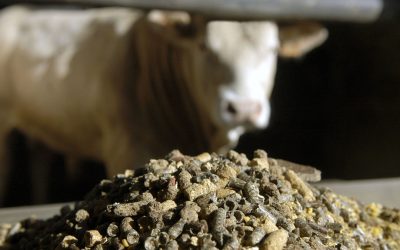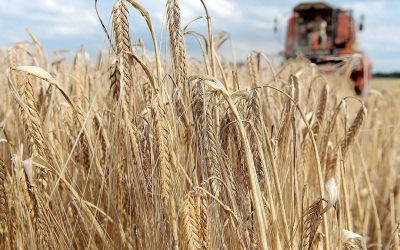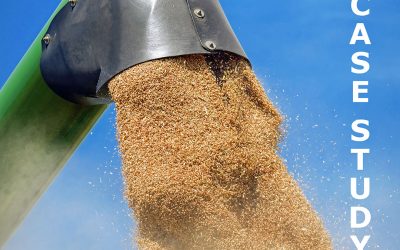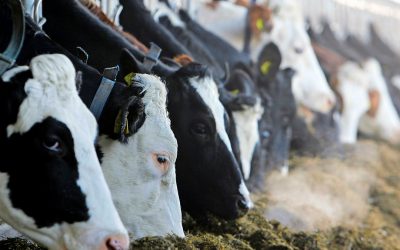FAO expects 70% more food needed by 2050
Food production will need to rise by 70%, relative to 2009 levels, by 2050 as the world’s population is expected to reach 9 billion people, FAO, the United Nations food body, in Rome said, in its new report on land and water challenges.
However, the State of the World’s Land and Water Resources for Food and Agriculture – the new report by UN Food and Agriculture Organization – highlights the distribution of land and water resources do not favour those countries that will need to produce more food.
"The average availability of cultivated land per capita in low-income countries is less than half that of high-income countries, and the suitability of cultivated land for cropping is generally lower," the report said.
Certain countries with soaring demand for food also face high levels of land or water scarcity, the report said.
Intensification on existing land
The report added the largest contribution to higher agricultural output will come from the intensification of production on existing land.
"This will require widespread adoption of sustainable land management practices, and more efficient use of irrigation water through enhanced flexibility, reliability and timing of irrigation water delivery," the report warned.
"The physical limits to land and water availability within these systems may be further exacerbated in places by external drivers, including climate change, competition with other sectors, and socio-economic changes," the SOLAW report said.
"The potential exists to expand production efficiently to address food security and poverty while limiting impacts on other ecosystem values," the report highlighted, through the adoption of sustainable land and water management practices.
Such practices include the removal of distortions in the incentives framework, improvement of land tenure, strengthened land and water institutions, knowledge exchange, and better access to markets.











